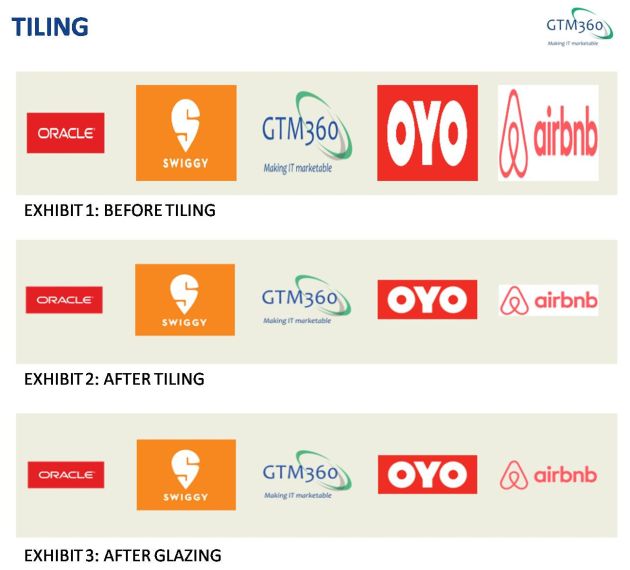The hierarchy of human needs goes through five stages, as depicted by the famous Maslow’s Pyramid.
In this post, I posit a similar hierarchy for subscriptions.
 Given below are examples of subscriptions:
Given below are examples of subscriptions:
- Social network e.g. LinkedIn Premium
- Digital media e.g. Wall Street Journal
- Streaming video / OTT e.g. Netflix
- Hosting service e.g. Hostgator
- SAAS software e.g. Salesforce
A typical subscription has a fixed monthly fee. When you sign up for a subscription, you submit details of your credit card (“Credit Card on File”) to a brand or service provider (“Merchant”). Terms and Conditions of most subscriptions include a so-called “auto debit electronic-mandate” clause, which authorizes the merchant to charge the fixed monthly fee to your credit card every month without taking your approval for each recurring payment.
Discretionary goods: Considered non-essential by consumers but purchased if they have enough surplus income.
Non-discretionary goods: Considered essential by consumers.
Source
As you can see, most subscriptions are discretionary spends, even as the subscriber sees enough perceived value for the subscribed products / services.
Product and service providers target their subscriptions at a certain target audience.
We posit five levels of attributes in the TAM (Total Addressable Market) of subscriptions characterized by size and type:
- No money
- No motivation
- No budget
- No time
- No problem
Level 1: No money
As noted earlier, subscriptions are discretionary i.e. they’re not basic necessities like food, clothing and shelter. Ergo the market for subscriptions comprises people who have enough income left after buying non-discretionary items. In other words, people who have no money beyond that required to fulfill their basic needs are outside the TAM for subscriptions (with a few exceptions).
Level 2: No motivation
Some people believe content must be free and refuse to pay for content on quasi-moral grounds. Others find the process of logging in to subscribed content to be a PITA and therefore eschew subscriptions. Then there are others who use various hacks to bypass paywalls. People at this level have no motivation to pay.
Things you can try if you don't want to pay the wall:
– Scale the wall with https://t.co/0FoNGjYmcC
– Clear cache
– Google title to find article on syndicated site for free
– Open link in incognito mode
– Click link tweeted by authorhttps://t.co/PvD43hCFGP#Hacks #Backdoors— Ketharaman Swaminathan (@s_ketharaman) December 3, 2021
Level 3: No budget
Subscription costs tend to add up quite fast. Beyond a point, people may have no budget for ballooning subscription costs and might need to make tough calls on which subs to keep and which ones to cancel. When Netflix hiked its fees last year, I know people with otherwise substantial disposable incomes who canceled their subscriptions for the world’s #1 streamer to stay within budget.
Level 4: No time
When they get a newsletter for free, people cherrypick what’s interesting to them and skip the rest if they have no time to read all the articles.
But, when they pay for the newsletter, every article they skip subconsciously pinches their purse and affects their motivation to renew the subscription the following month.
Ditto if they cherrypick / skip articles based on whether their content supports / opposes their beliefs. An unintended consequence of this consumer behavior trait is that, as the media industry moves from free ad supported model to subscriptions, journalists will increasingly be driven to become partisan and engage in “Activism not Journalism” in order to retain paying subscribers.
Aka "Activism not Journalism".
— Ketharaman Swaminathan (@s_ketharaman) February 26, 2023
Level 5: No problem
A friend has subscriptions for half a dozen publications and virtually every OTT that’s out there. But he has no time to consume anything beyond 15 minutes of YouTube Premium before turning in every night. Despite that, he has not canceled any of his subs. People like him have reached the highest level of nirvana where they have no problem about utilizing only a fraction of the value provided by their subscriptions.
We represent the varied target audience of subscriptions in the form of the following Maslow’s Subscription Pyramid:
Although the Maslow’s Subscription Pyramid looks like an inverted sales funnel, no progression from one level to another is implied (although it may happen). The size of a slice in the pyramid is proportional to the market for subscription at that level. As you can see, the market decreases as you move up the pyramid. (NOTE: This is market by number of subscribers, not $-value of subscriptions.)
The two goals of Subscription Marketing are
- Sell new subscriptions
- Retain subscribers and ensure that they renew their subscriptions.
(Of late, subscription providers also seem to be engaging in cross-sells and upsells of other products and services, as we saw in the case of an MNO cross-selling an OTT subscription in Utilities: New Source Of Subscription Trap. But, being a nascent trend, I wouldn’t include this as a goal of subscription marketing quite yet.)
The five levels of the Maslow’s Subscription Pyramid have differing demographics and psychographics attributes. Ergo what works at one level may not work at another, and subscription providers will need to deploy different GTM messaging and tactics to achieve their subscription goals at each level. For example, they might
- ignore Level 1
- create bundles for Level 3
- provide immersive experiences for Level 5.
More on that in a follow-on post (Spoiler Alert: No subscription traps!). Watch this space!



